-
Posts
2.058 -
Joined
-
Last visited
-
Days Won
51
Posts posted by Genava55
-
-
-
1 hour ago, wackyserious said:
Can these be used for shields?
Sure. If you need other pictures:
-
 1
1
-
-
-
Rome at War mod
-
 1
1
-
-
-
-
Who remembers this game from 2006?
-
-
39 minutes ago, andy5995 said:
@Genava55I couldn't find a ticket for that in either the gperftools repo or the graphviz repo
You might want to create one if you believe those results are at all concerning. If you do, could you please post the ticket link here?
I simply scanned the file with virustotal, that's a habit I have, especially with SVG because you can hide malicious script in it easily.
But in this case I think this is a false positive. I just don't think the script is really necessary, you can see the svg without it.
-
-
And activate MFA / 2FA, this is mandatory those days...
-
 1
1
-
-
-
An old thread but relevant:
Edit: Personally I would say it is not the polygon count the issue but the texture resolution. 2000 is good enough with better textures.
-
 1
1
-
-
6 minutes ago, Grapjas said:
So he actually didn't kill anyone in that final stand like Wiki says? He just hold his ground well considering all circumstances.
If you read the beginning of the page, it says:
"Agis, on seeing this, with the royal cohort, which was made up of his bravest men, I. plunged right into the dangerpoint of the fight, and cutting down those who resisted most bravely..."
There is also the account of Diodorus Siculus, suggesting in this case he did kill some enemies:
Diod. 17.63.4: An interesting event occurred in connection with Agis's death. He had fought gloriously and fell with many frontal wounds. As he was being carried by his soldiers back to Sparta, he found himself surrounded by the enemy. Despairing of his own life, he ordered the rest to make their escape with all speed and to save themselves for the service of their country, but he himself armed and rising to his knees defended himself, killed some of the enemy and was himself slain by a javelin cast; he had reigned nine years.
-
-
Agis III at the battle of Megalopolis:
https://babel.hathitrust.org/cgi/pt?id=mdp.39015008158407&view=1up&seq=21
1 hour ago, BreakfastBurrito_007 said:I liked the unit training function of chandragupta, but I am not sure if eles fit the bill. It would be a bit more awkward to see a whole ele pop out. I do think it would be epic to have a batch of like 5 eles training and then they pop out as soon as hero reaches the fight XD.
"Strabo (XV, 724) gives the treaty between Seleucus and Chandragupta, in which Seleucus ceded certain provinces and gave the Indian a daughter or niece, receiving in return 500 elephants."
https://www.jstor.org/stable/626263
that's the motivation for the bonus
-
 2
2
-
-
The other solution is that training Leonidas bring immediately another king (https://en.wikipedia.org/wiki/Leotychidas_II), the same with Agis III (https://en.wikipedia.org/wiki/Cleomenes_II). While Brasidas (not being a king but a general) wouldn't bring a new one.
The other king could have a generic model.
Or, the two kings system could be simply a bonus if the hero dies the player got a large discount for the next one.
-
 1
1
-
-
8 minutes ago, wowgetoffyourcellphone said:
I remember reading somewhere that the Spartan king was always flanked by an Olympic champion on each side when in battle array. Not sure of the source, but I have seen images depicting this, so perhaps the artists read the same thing.
"always flanked by" I am not sure of. But yeah athletes were considered for the royal guard.
-
 1
1
-
-
52 minutes ago, borg- said:
- Champions spearman can be trained on phase 1;
Good idea. That would be unique.
52 minutes ago, borg- said:Champion spearman can up to rank 2 (olympic champion).
Olympic champion? Not sure if it is a proper name.
54 minutes ago, borg- said:Well this is one of the ideas that i have at the moment, i will research more about sparta culture. I would like to hear everyone's ideas and opinion.
-
 1
1
-
-
-
On 25/02/2020 at 10:32 PM, Genava55 said:
A better version in pdf
-
5 minutes ago, AIEND said:
It may also be the helmets worn by the Assyrians or some other peoples.
Except that the Assyrians weren't mentioned at Marathon.
-
-
From an old thread:
On 07/07/2021 at 12:39 AM, Genava55 said:Herodotus account:
[60] I cannot give an exact breakdown of how many men each contingent contributed to the total, because not one person has recorded this information, but it turned out that there were 1,700,000 men altogether in the land army. The census was conducted as follows. Ten thousand men were assembled in a single area and packed as closely together as possible; a circle was drawn round the outside of the body of men (who were then dismissed) and a waist-high wall was built around the circle. Then more men were introduced into the enclosed area, and so on until everyone had been counted. After the census, the men were organized into contingents based on nationality.
[61] Here are the peoples which made up Xerxes’ army. First, there were the Persians, dressed as follows. On their heads they wore tiaras, as they call them, which are loose, felt caps, and their bodies were clothed in colourful tunics with sleeves (and breastplates)† of iron plate, looking rather like fish-scales. Their legs were covered in trousers and instead of normal shields they carried pieces of wickerwork. They had quivers hanging under their shields, short spears, large bows, arrows made of cane, and also daggers hanging from their belts down beside their right thighs. They were commanded by Otanes, whose daughter Amestris was Xerxes’ wife. In times past the Greeks used to call Persians Cephenes (even though both they and their neighbours called them Artaei), but then Perseus, the son of Danaë and Zeus, came to Cepheus the son of Belus, married his daughter Andromeda, and had a son, whom he called Perses. Cepheus had no male children, so Perseus left Perses there, and as a result the Persians are named after Perses.
[62] The Median contingent wore the same clothes as the Persians, since it was in fact a Median style of clothing, rather than a Persian one. Their commander was an Achaemenid called Tigranes. Medes used to be called Arians by everybody, but when Medea of Colchis left Athens and arrived in their country—this is what the Medes themselves say—they too changed their name.
The Cissian contingent was clothed and equipped in the Persian style, except that they wore turbans instead of caps. They were commanded by Anaphes the son of Otanes.
The Hyrcanians also had the same equipment as the Persians, and were commanded by Megapanus, who later became the governor of Babylon.
[63] The Assyrian contingent wore on their heads either bronze helmets or plaited helmets of a peculiarly foreign design which is hard to describe. Their shields, spears, and daggers resembled Egyptian ones, and they also carried wooden clubs with iron studs, and wore linen breastplates. These are the people the Greeks call Syrians, but they were called Assyrians by the Persian invaders. Their commander was Otaspes the son of Artachaees.
[64] The Bactrian contingent wore headgear which was very similar to that of the Medes, and were armed with native cane bows and short spears. The Sacae, a Scythian tribe, had as headgear kurbasias whose crowns were stiffened into an upright point, and wore trousers. They carried native bows and daggers, and also battleaxes called sagareis. They were in fact Scythians from Amyrgium, but they were known as Sacae because that is what the Persians call all Scythians. The commander of both the Bactrian and Sacian contingents was Hystaspes, the son of Darius and Cyrus’ daughter Atossa.
[65] Indian gear consisted of cotton clothing, cane bows and cane arrows with iron heads. For the duration of this expedition they were assigned to the command of Pharnazathres the son of Artabates.
[66] The Arians were equipped like the Bactrians, except that their bows were in the Median style. Their commander was Sisamnes the son of Hydarnes.
Also fitted out like the Bactrians were the Parthians and Chorasmians, commanded by Artabazus the son of Pharnaces; the Sogdians, commanded by Azanes the son of Artaeus; and the Gandarians and Dadicae, commanded by Artyphius the son of Artabanus.
[67] Caspian equipment consisted of jackets, native cane bows, and akinakeis. Their commander was Ariomardus the brother of Artyphius.
The Sarangae were conspicuous for their coloured clothing. They wore knee-high boots and carried bows and Median-style spears. They were commanded by Pherendates the son of Megabazus.
The Pactyes wore jackets and were armed with native bows and daggers. Their commander was Artayntes the son of Ithamitres.
[68] The Utians, Mycians, and Paricanians were fitted out like the Pactyes. The Utians and Mycians were commanded by Arsamenes the son of Darius, and the Paricanians by Siromitres the son of Oeobazus.
[69] The Arabians wore belted zeiras and carried on their right sides long, reflexible bows. The Ethiopians were dressed in leopard skins and lion pelts, and were armed with bows made out of palm fronds. These bows were long, at least four cubits in length, and their arrows were short and tipped not with iron but with a head made from sharpened stone—the kind of stone they also use to engrave signet-rings. They carried spears as well, whose heads were made out of gazelles’ horns sharpened like the head of a lance, and also studded clubs. When they go into battle they paint half of their bodies with chalk and half with ochre. The commander of the Arabians and the Ethiopians from south of Egypt was Arsames, the son of Darius and Cyrus’ daughter Artystone, who was his favourite wife. He had a statue of her made out of beaten gold.
[70] So Arsames was the commander of the Ethiopians from south of Egypt, as well as of the Arabians, but there were two lots of Ethiopians in the army. The eastern Ethiopians were assigned to the Indian contingent; these Ethiopians are exactly the same as the others to look at, but they speak a different language and their hair is different. The eastern Ethiopians have straight hair, while the Libyan ones have curlier hair than any other people in the world. The Asian Ethiopians were equipped more or less in the same fashion as the Indians, except that they wore a head-dress consisting of a horse’s scalp, including the ears and mane. The mane acted as a crest, and the horse’s ears were stiffened into an upright position. Instead of regular shields they had targes made out of crane skins.
[71] The Libyans came wearing leather clothing and armed with javelins whose ends had been burnt into sharp points. Their commander was Massages the son of Oärizus.
[72] The Paphlagonian contingent wore plaited helmets on their heads and were armed with small shields, medium-sized spears, and javelins and daggers as well. On their feet they wore native boots which reached halfway up their shins. The Ligyan contingent had the same equipment as the Paphlagonians, and so did the Matieneans, Mariandynians, and Syrians (whom the Persians call Cappadocians). Dotus the son of Megasidrus was in command of the Paphlagonians and the Matieneans, and Gobryas the son of Darius and Artystone was in command of the Mariandynians, Ligyes, and Syrians.
[73] The Phrygians’ equipment was very similar to that of the Paphlagonians, with only minor differences. According to the Macedonians, the Phrygians were called Briges for as long as they lived in Europe next to the Macedonians, but then when they moved to Asia they changed their name along with their country. The Armenians were fitted out just like the Phrygians—but then they were originally emigrants from Phrygia. Artochmes, who was married to one of Darius’ daughters, was in command of both the Armenians and the Phrygians.
[74] The Lydians’ equipment was not very different from Greek. A long time ago, the Lydians were known as Maeonians, but they changed their name when they named themselves after Lydus the son of Atys. The Mysians wore a native style of helmet on their heads and were armed with small shields and javelins whose ends had been burnt into sharp points. They were originally emigrants from Lydia, and are also known as Olympieni, after Mount Olympus. The Lydians and the Mysians were under the command of Artaphrenes the son of Artaphrenes, who was jointly responsible, with Datis, for the invasion at Marathon.
[75] The Thracian contingent wore fox-skin caps on their heads and were dressed in tunics with colourful zeiras on top; their feet and lower legs were covered in boots made out of fawn-skin. They also carried javelins, bucklers, and small daggers. After they moved from Europe to Asia they were called the Bithynians, but, as they say themselves, before that they were called the Strymonians, because they lived on the River Strymon. They say that they were driven out of their original homeland by the Teucrians and the Mysians. These Asian Thracians were commanded by Bassaces the son of Artabanus.
[76] 〈The Pisidae〉† carried small shields of untreated oxhide. Every man among them was armed with two hunting-spears in the Lycian style, and wore a bronze helmet on his head. Each helmet had the ears and horns of an ox, also in bronze, attached to it, and had a crest as well. They wore red cloths wrapped around their lower legs. There is an oracle of Ares in their country.
[77] The Cabalians (who are known as Lasonians, despite being of Maeonian stock) were fitted out in the same way as the Cilicians, and so I will describe their equipment when I come to the Cilician contingent in my account.
The Milyans carried short spears and wore cloaks fastened with a brooch. Some of them had Lycian-style bows and wore on their heads helmets made out of leather. The whole Milyan contingent was under the command of Badres the son of Hystanes.
[78] The Moschians wore wooden helmets on their heads and carried shields and spears which were short, but with long points. The Tibarenians, Macrones, and Mossynoecians had the same equipment as the Moschians. The Moschians and Tibarenians formed a single contingent under the command of Ariomardus, the son of Darius and Parmys, who was the daughter of Smerdis and granddaughter of Cyrus. The Macrones and Mossynoecians together formed another contingent under the command of Artayctes the son of Cherasmis, who was the governor of Sestus on the Hellespont.
[79] The Mares wore plaited native helmets on their heads, and carried small shields of animal skin and javelins. The Colchians wore wooden helmets on their heads, carried small shields of untreated oxhide and short spears, and were armed with knives as well. Pharandates the son of Teäspis was in command of the Mares and the Colchians.
The Alarodian and Saspeiran troops were equipped like the Colchians, and commanded by Masistius the son of Siromitres.
[80] The tribes who had come from the islands in the Red Sea to take part in the expedition—the islands where the Persian king settles the people known as ‘the Dispossessed’—closely resembled the Medes in respect of both clothing and weaponry. These islanders were commanded by Mardontes the son of Bagaeus, who was one of the Persian commanders a year later at the battle of Mycale, where he died.
[81] These were the tribes and peoples who marched by land and were organized into infantry contingents. I have already given the names of the commanders of this division, whose job it was also to organize and count the troops, and to appoint officers to take charge of the brigades of 10,000 and the battalions of 1,000; the leaders of the companies of 100 and the sections of 10 were appointed by the brigade-commanders. There were also other officers in command of the various regiments and tribal units. Anyway, the commanding officers were as stated.
Edit:
I add this section from a book, dedicated to the military of the Achaemenid empire:
-
 1
1
-
 1
1
-


.thumb.jpg.b21ca1d0c15fb56b42c39b25a0a40815.jpg)

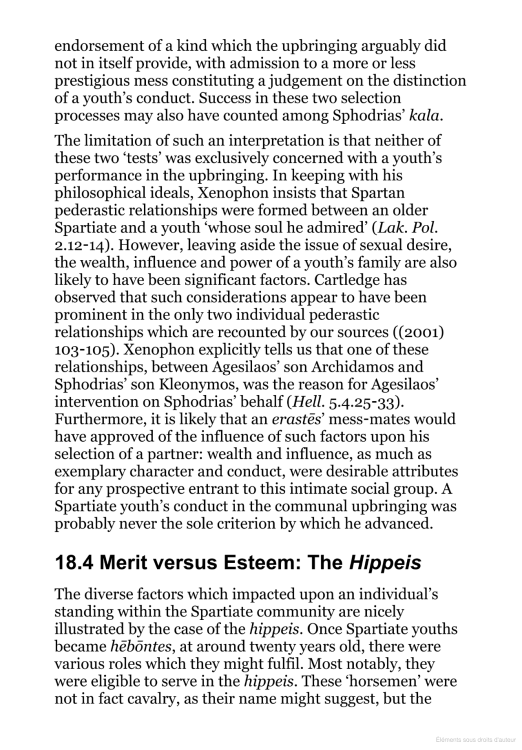
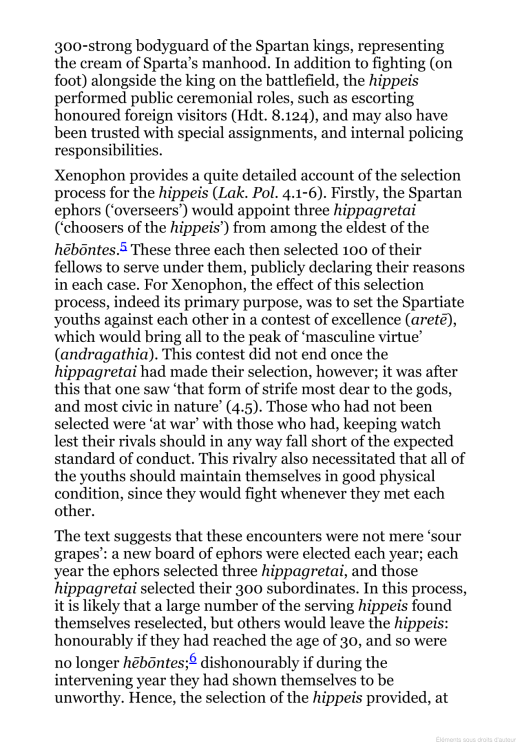
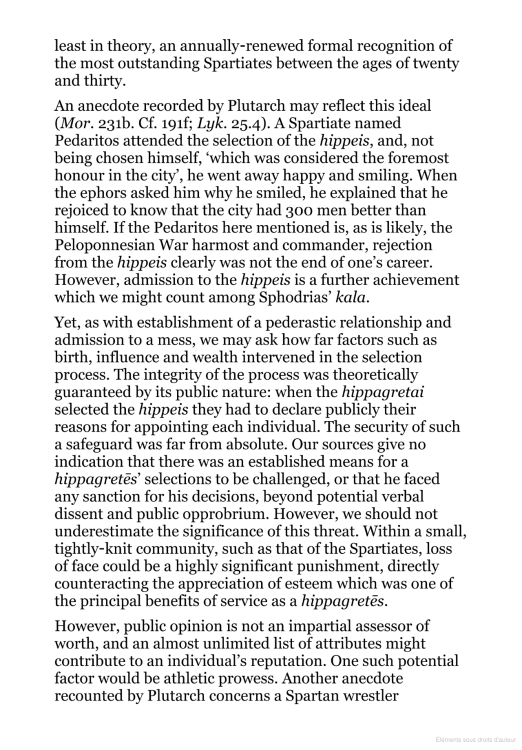
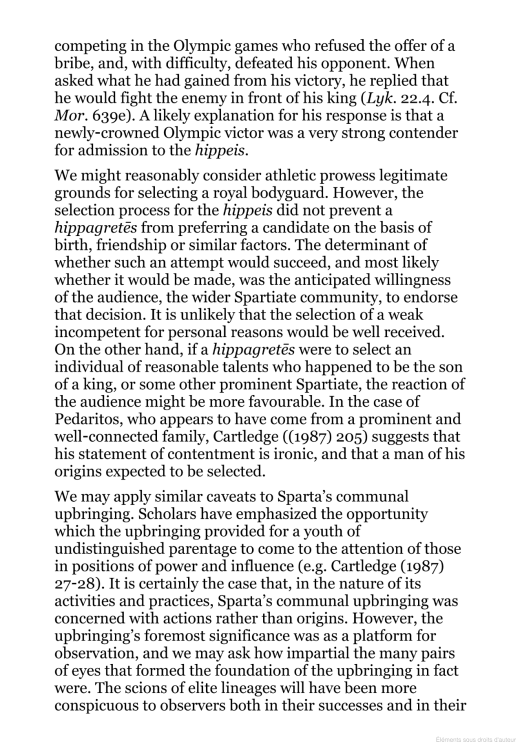
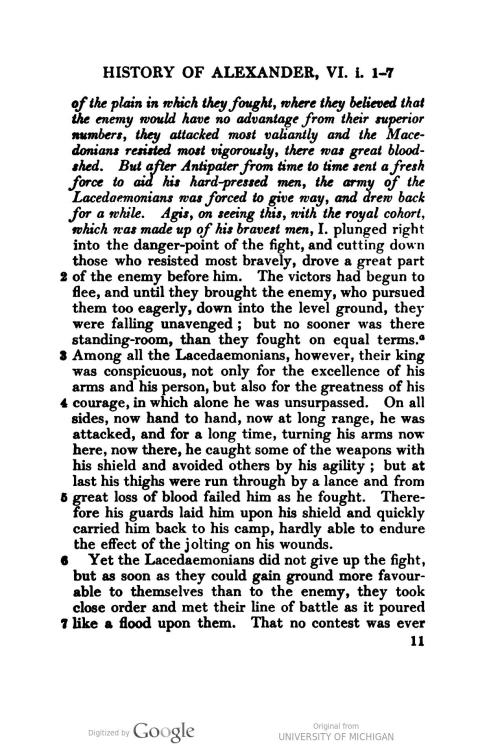
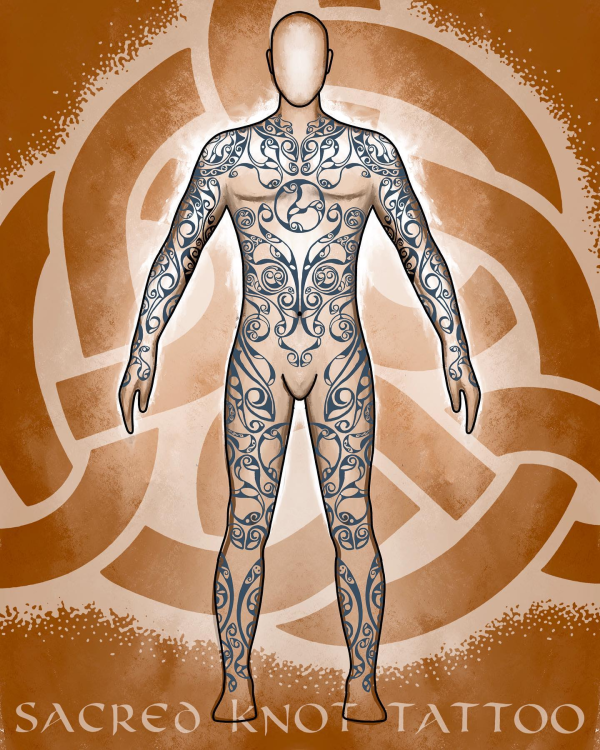
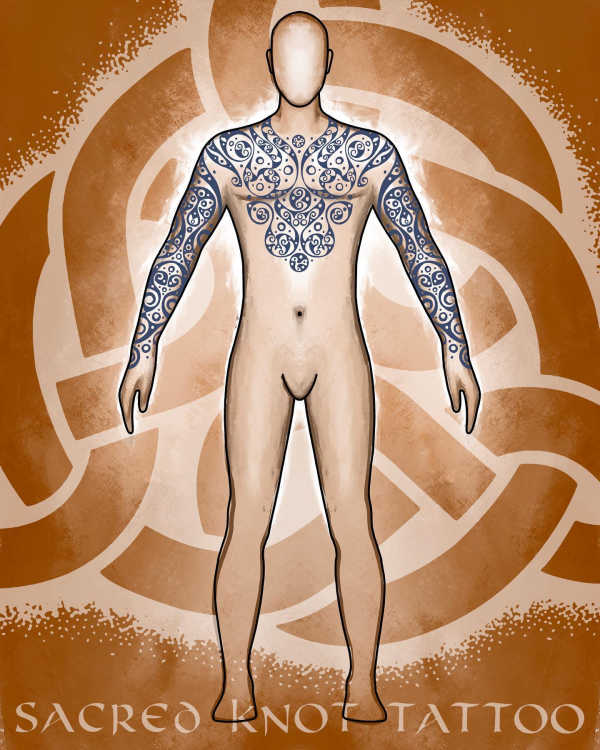
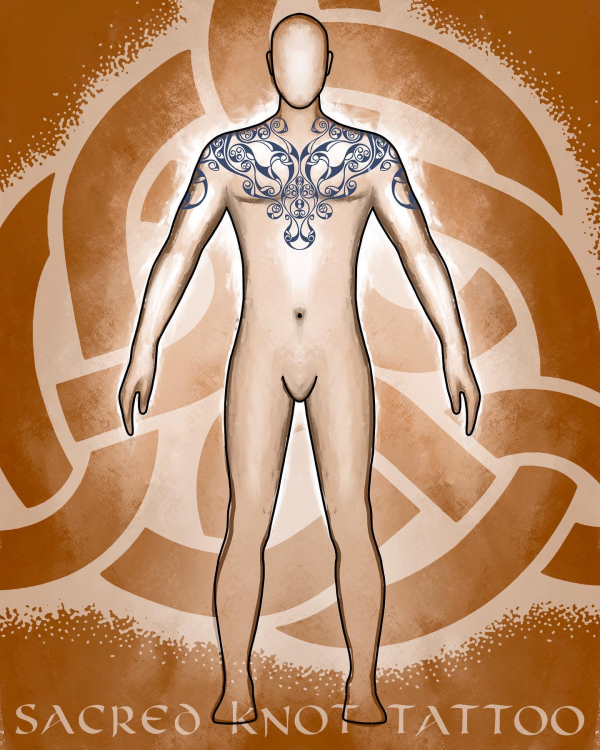
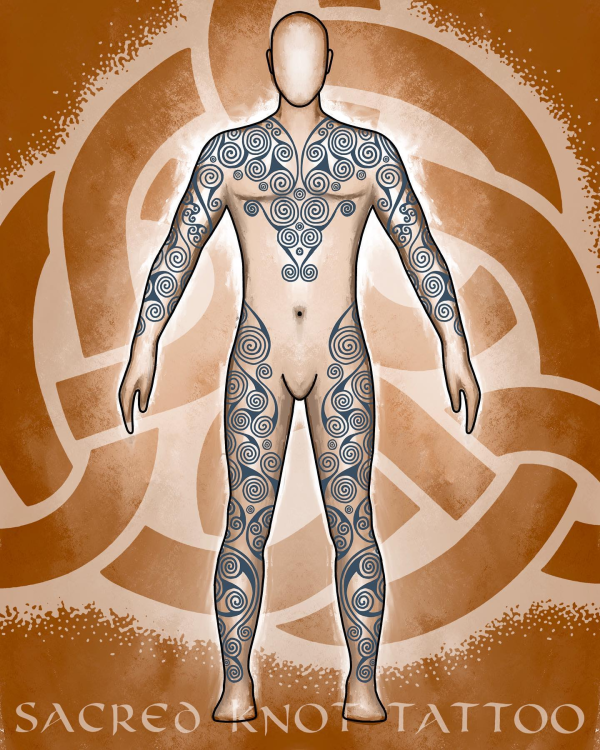
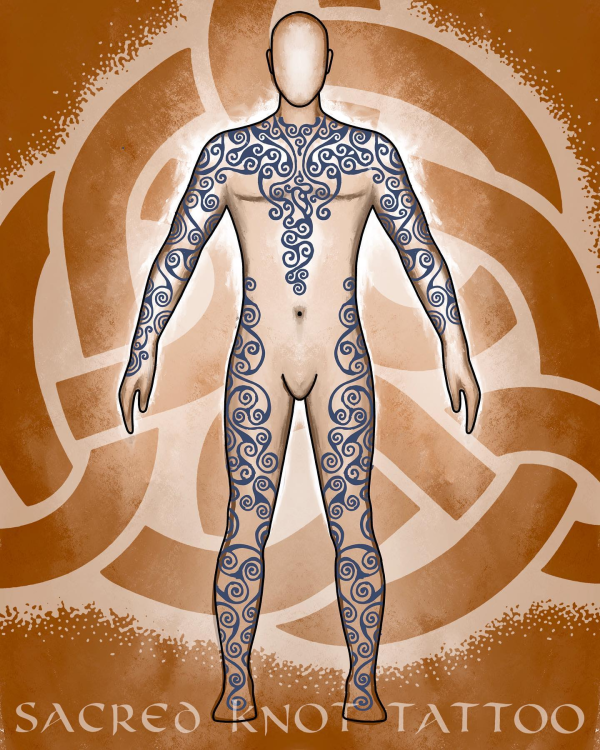

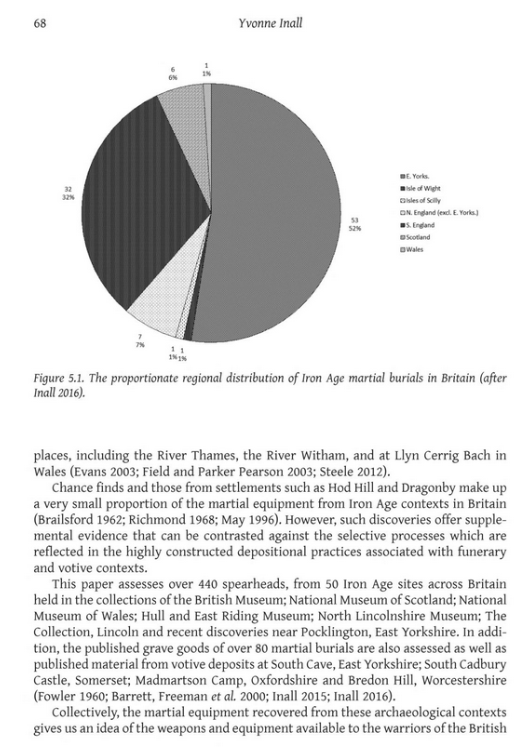
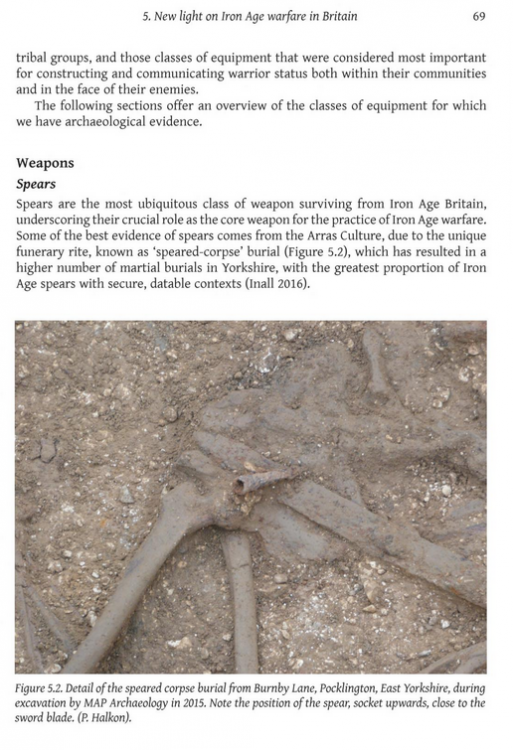
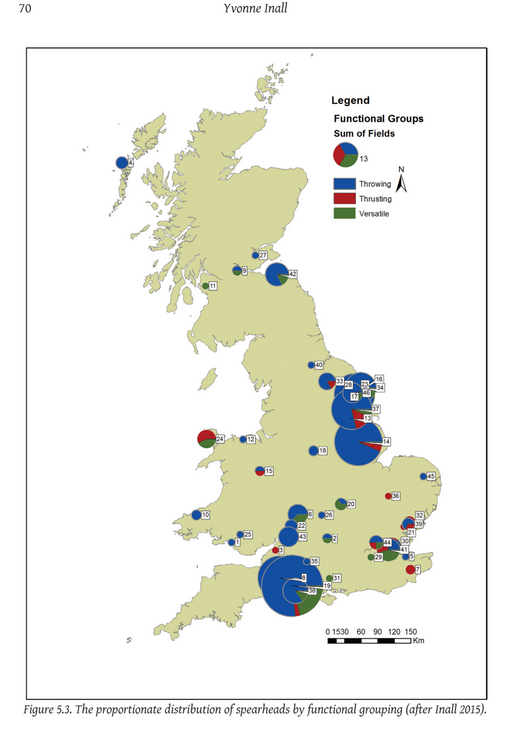
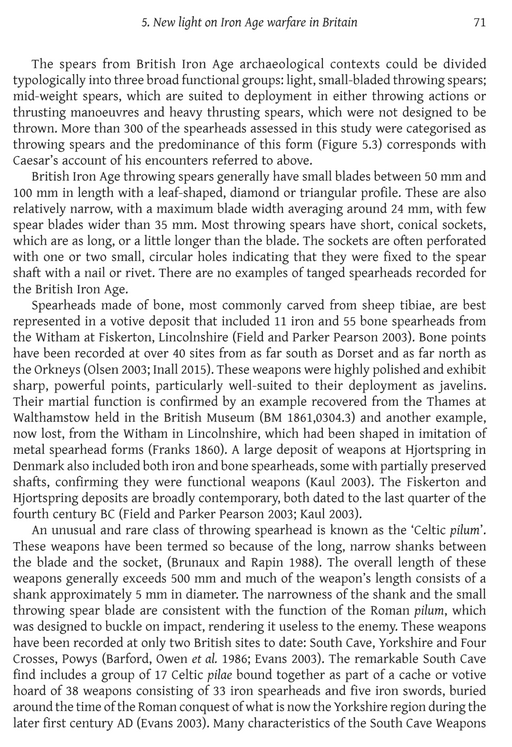
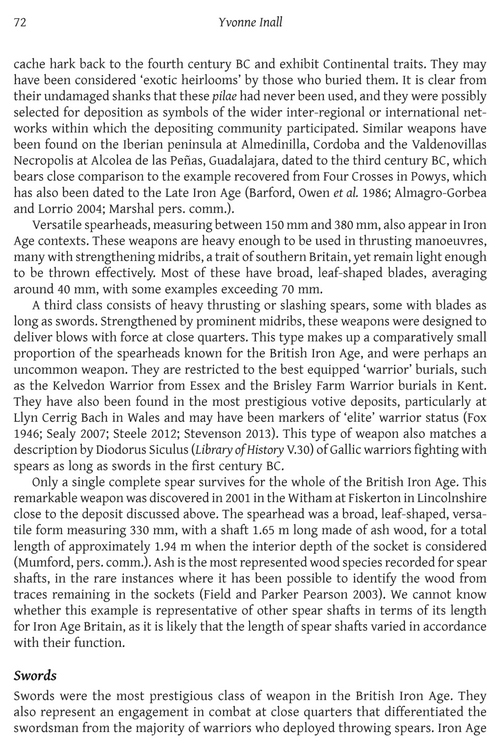
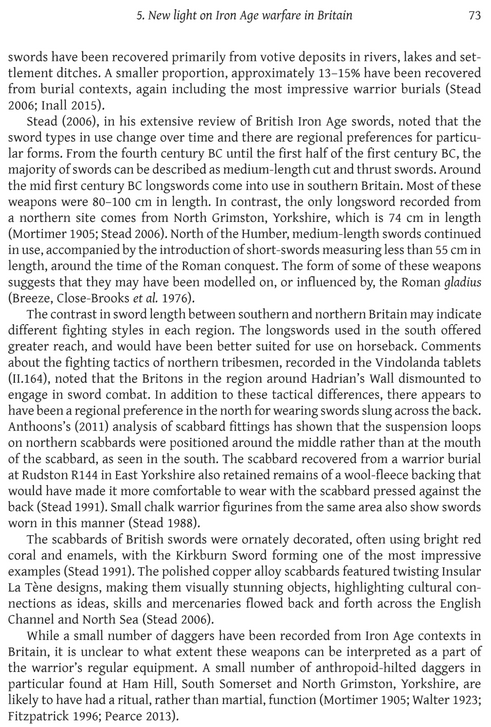
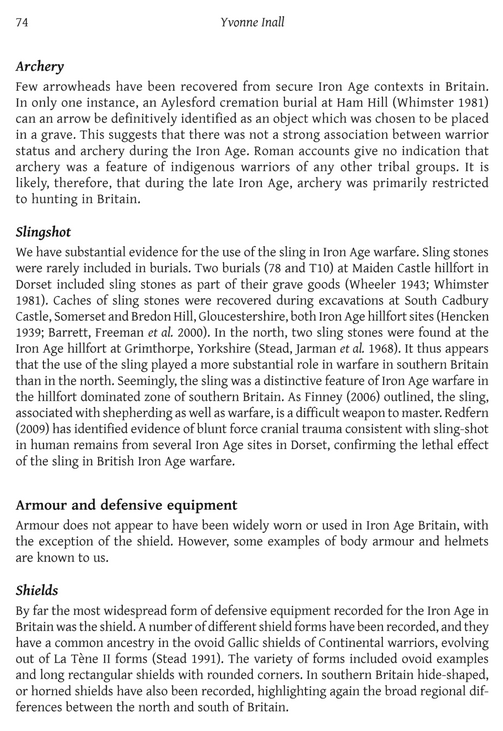
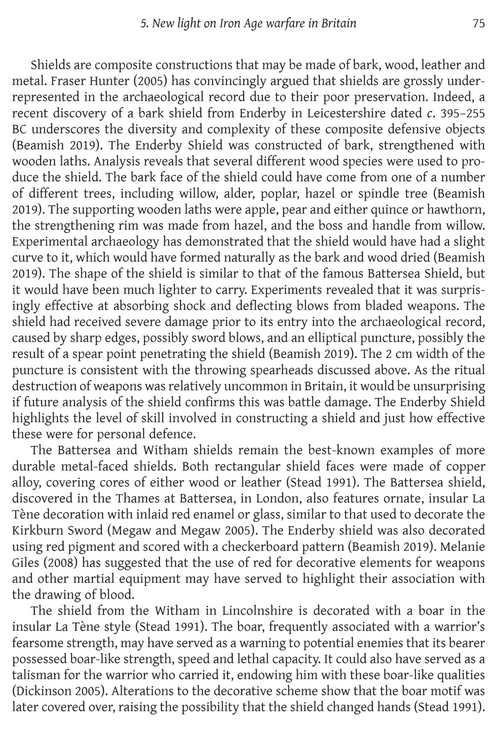

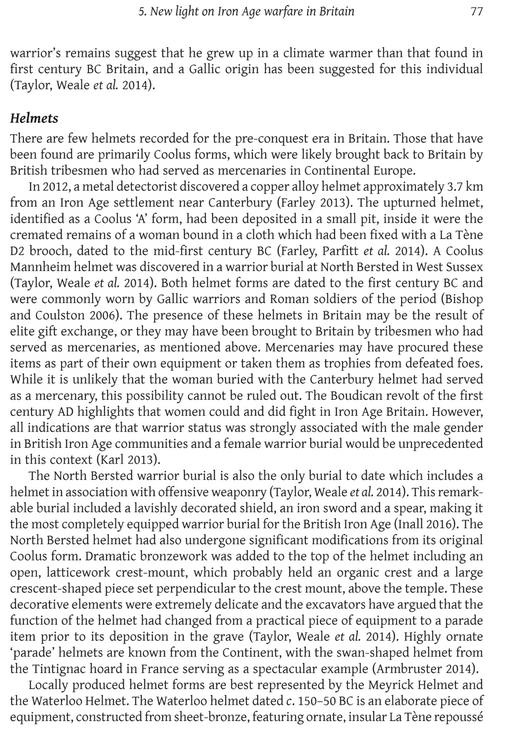
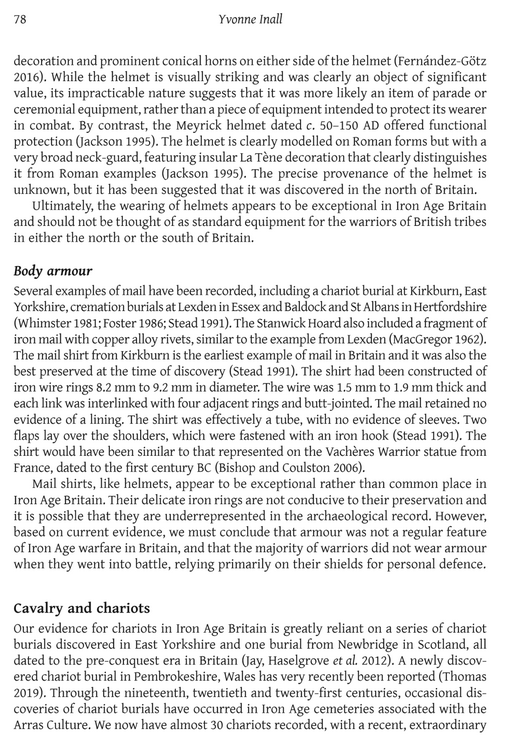
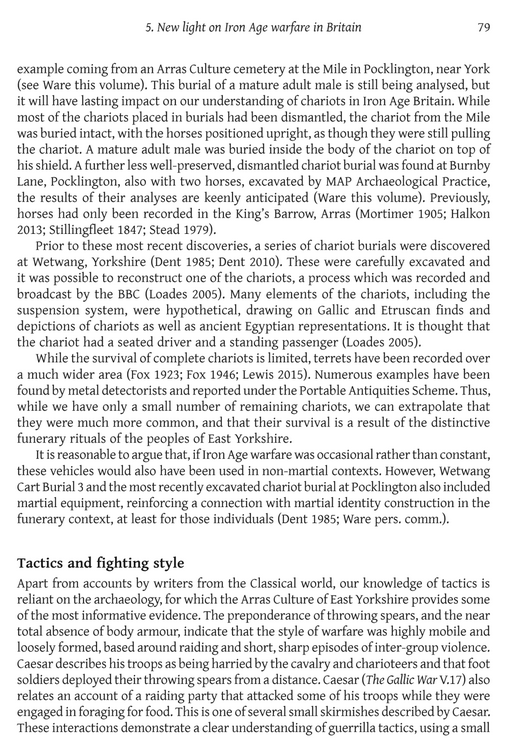


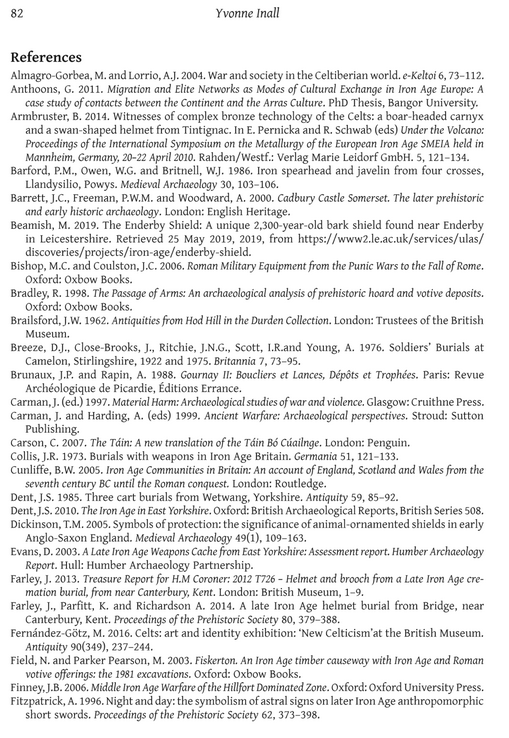


The Gauls, religiously gore and gruesome
in Tutorials, references and art help
Posted